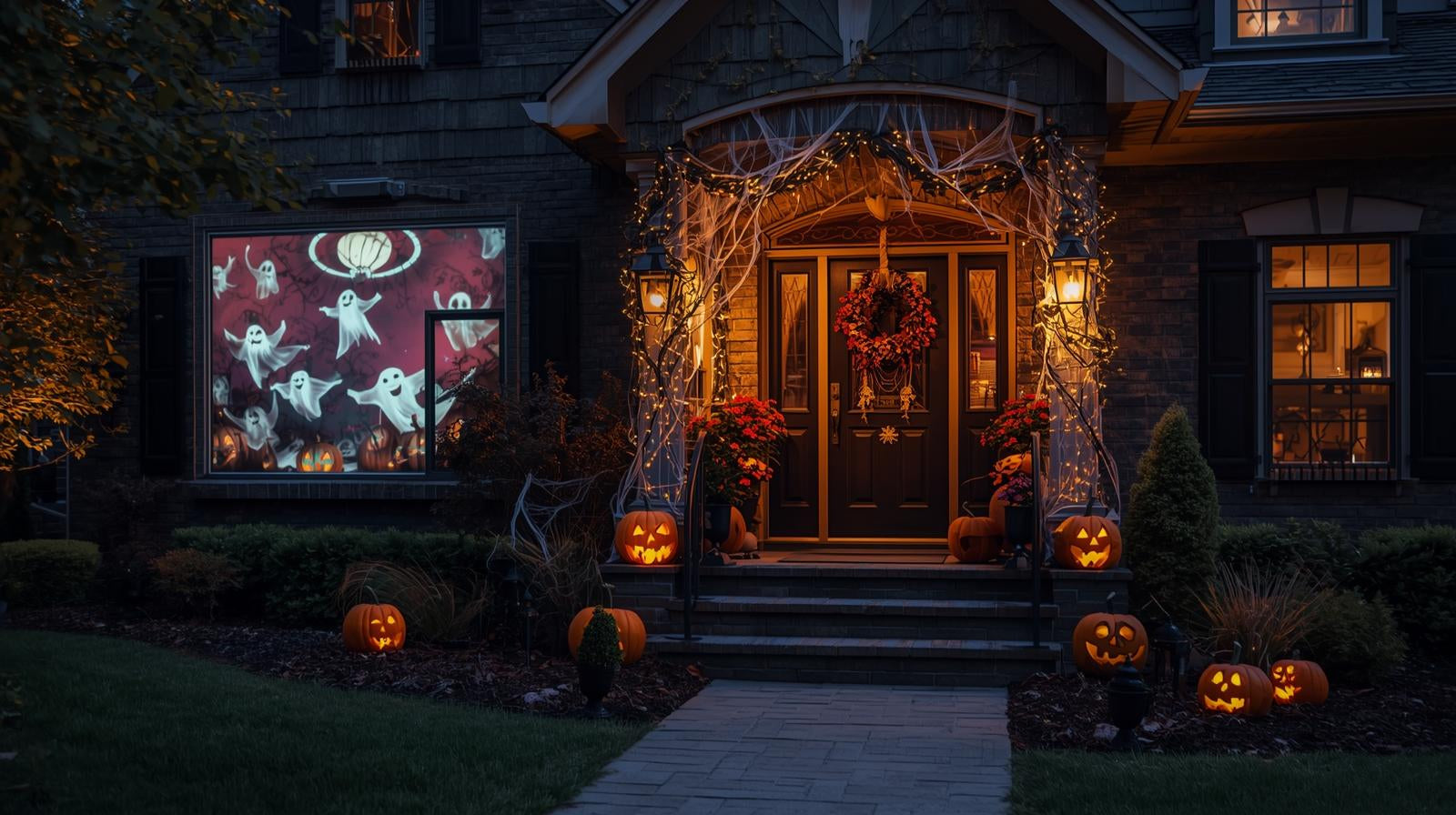Integrated Lighting Design: A Modern Approach to Light and Space

Lighting plays a pivotal role in the way we experience our surroundings. It affects our mood, our health, and even our productivity. While traditional lighting design often focuses on fixture placement and brightness levels, integrated lighting design takes a more holistic, intentional approach—combining aesthetics, function, and technology into a cohesive system that enhances every aspect of a space.
What Is Integrated Lighting Design?
Integrated lighting design is the practice of thoughtfully incorporating lighting into the architecture and design of a space from the very beginning of the planning process. It considers:
✅ Natural light availability and behavior
✅ Interior finishes and materials
✅ Room function and user activity
✅ Energy efficiency and control systems
✅ Biological effects of light on human health
Instead of treating lighting as an afterthought, this approach ensures it works harmoniously with other design elements—creating a seamless and dynamic environment.
Key Elements of Integrated Lighting
1. Layered Lighting
Integrated lighting design often utilizes a combination of ambient, task, and accent lighting to create depth and flexibility. Each layer serves a specific purpose and contributes to the overall atmosphere.
2. Daylight Integration
By accounting for natural light—its direction, intensity, and seasonal variation—designers can minimize artificial light use during the day and enhance energy efficiency.
3. Circadian Support
Human-centric lighting is a growing focus in integrated design. Light color temperature and intensity can be programmed to follow natural circadian rhythms, supporting sleep, focus, and overall well-being.
4. Smart Controls and Automation
Lighting systems can be connected to sensors, schedules, or user preferences, enabling automated responses based on occupancy, time of day, or ambient conditions. This not only increases convenience but also reduces energy consumption.
5. Aesthetic and Architectural Harmony
Lighting is integrated into architectural features like coves, shelving, ceilings, and furniture to create visually striking effects without disrupting the space’s design integrity.

Benefits of Integrated Lighting Design
-
Enhanced Visual Comfort: Balanced lighting reduces glare, harsh shadows, and eye strain.
-
Improved Mood and Productivity: Lighting tailored to human needs supports alertness, relaxation, and cognitive performance.
-
Energy Efficiency: Coordinated use of daylight, dimming systems, and smart controls lowers energy consumption.
-
Design Cohesion: A well-integrated system complements the architecture and interior design, contributing to a polished, intentional look.
-
Flexibility and Customization: Lighting can adapt to changing needs, activities, or preferences over time.
Applications in Residential and Commercial Settings
Integrated lighting design is applicable in a wide range of spaces:
-
Homes: Enhances ambiance in living areas, supports sleep cycles in bedrooms, and improves functionality in kitchens and bathrooms.
-
Offices: Increases worker satisfaction and performance through adaptive lighting strategies.
-
Retail and Hospitality: Guides customer flow, highlights key features or products, and sets the desired atmosphere.
-
Healthcare: Supports patient recovery and staff alertness with circadian-tuned lighting systems.
Conclusion
Integrated lighting design represents a shift from treating lighting as a utility to viewing it as an essential component of healthy, beautiful, and functional environments. By considering how light interacts with people and space—both aesthetically and physiologically—this approach empowers designers, builders, and homeowners to create spaces that truly support human experience.
Interested in learning more? Click the link below to register for our free CEU course "Introduction to Integrated Lighting Design"
Link to Register: https://LevelUpAutomation-Lighting.eventbrite.com







Leave a comment